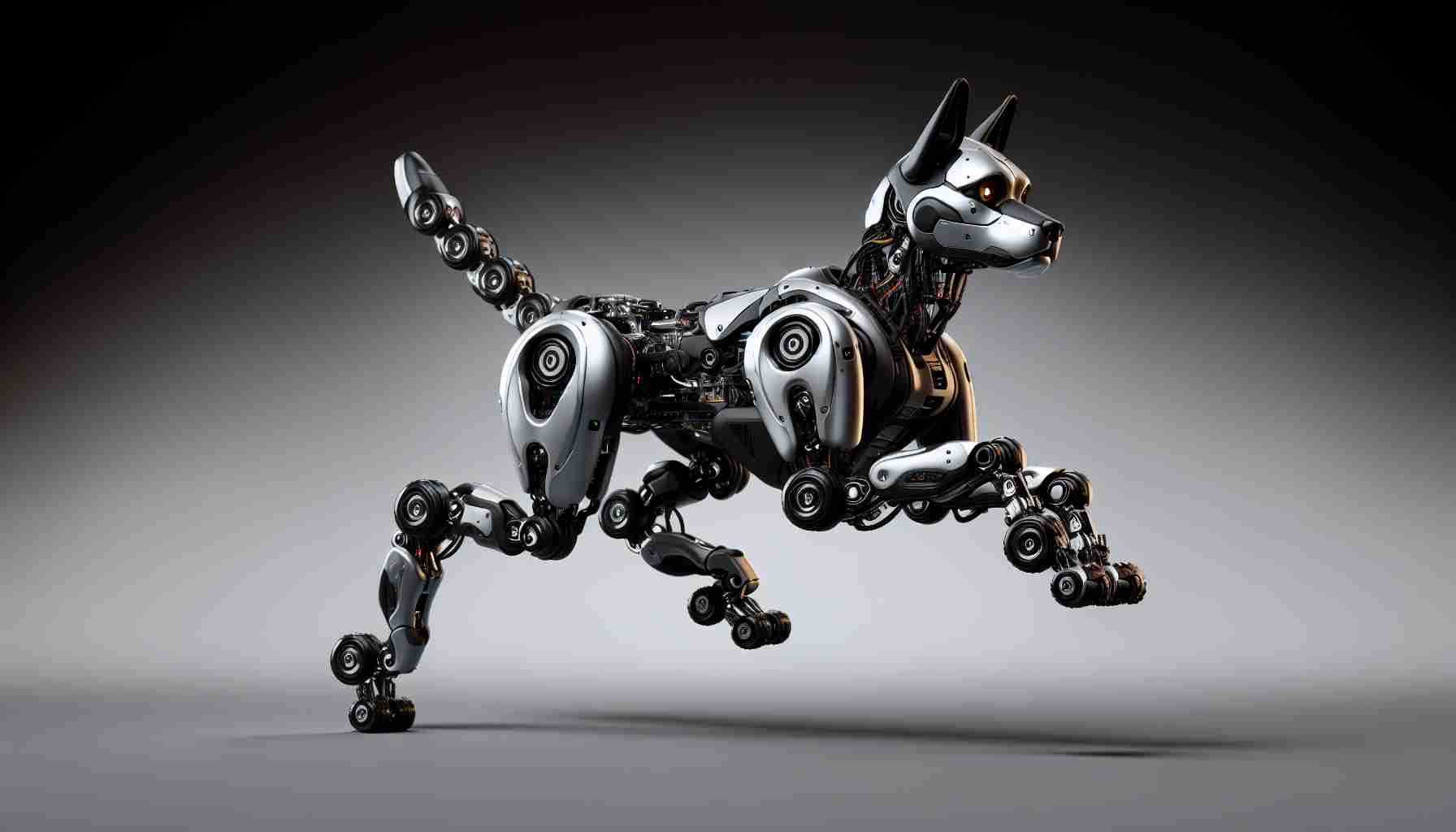- China’s recent test of an AI-integrated fighter jet engine reaches Mach 4, showcasing advanced technology in military aviation.
- This achievement marks a significant step in China’s efforts to enhance its indigenous military capabilities, competing with historic aircraft like the SR-71 Blackbird.
- The successful test elevates China’s status in the global defense arena and establishes new standards for aerospace innovation.
- The escalating arms race in military technology between China and the United States highlights the importance of AI, advanced materials, and cybersecurity.
- Ongoing advancements are reshaping industries and financial markets, prompting nations to adapt to rapidly evolving technologies.
In a groundbreaking achievement, China has successfully tested a fighter jet engine integrated with advanced artificial intelligence, reaching a breathtaking speed of Mach 4—four times the speed of sound. Conducted at the National Taihang Laboratory in southwestern China, this test signifies not just a technological leap but also a bold statement in the global defense arena.
This undisclosed engine is part of China’s ambitious initiative to fully indigenize its military capabilities and outpace competitors like the iconic U.S. SR-71 Blackbird. As the race for military supremacy heats up, China aims to churn out fighter jets that could redefine aerial combat, combining exceptional speed with cutting-edge technology, including AI enhancements.
The successful test highlights China’s commitment to modernizing its military technology and establishes a new benchmark in aerospace capabilities. However, this is more than an engineering feat—it intensifies the ongoing technological rivalry with the United States. As both nations invest heavily in next-generation military technology, the stakes envelop not just speed but also innovations like AI, advanced materials, and cybersecurity.
Meanwhile, the U.S. faces its own challenges, with tech disruptions like Deepseek sending ripples through the stock market. Investors are increasingly wary of how these rapid advancements and international competition can reshape industries and financial landscapes.
The takeaway? As China’s AI-piloted ambitions soar, the balance of power in global military technology is shifting, compelling nations to respond swiftly in the face of exhilarating innovation. Who will lead the skies—only time will tell!
China Soars Ahead: The Future of AI-Driven Military Aviation
Groundbreaking Developments in Military Aviation
China’s recent successful test of a fighter jet engine with advanced artificial intelligence capabilities that achieved a staggering speed of Mach 4 represents a pivotal shift in military aviation technology. This development not only signifies an engineering milestone but also showcases an emerging landscape in which AI and aerospace converge to redefine aerial combat.
Innovations and Features of the New Engine
The undisclosed fighter jet engine integrates several cutting-edge technologies, including:
– Artificial Intelligence: Real-time decision-making during flight for evasive maneuvers and tactical advantages.
– Advanced Material Science: Lightweight and heat-resistant materials that can endure the intense conditions of supersonic flight.
– Enhanced Autonomy: Capabilities for the aircraft to operate with minimal human intervention, potentially transforming pilot roles in combat.
Market Forecast and Trends
As the global defense market evolves, several trends emerge from China’s advancement:
– Increased Military Spending: Countries are likely to boost their defense budgets to catch up with advanced technologies.
– AI in Defense: Expect a surge in research and development around AI applications in military systems beyond just aviation, including drones, ground vehicles, and naval warfare.
– Geopolitical Implications: Nations will reassess their strategic alliances and military tactics in response to shifts in power dynamics.
Key Questions About China’s AI Fighter Jet Engine
1. How does the AI technology improve the capabilities of fighter jets?
AI enables faster processing of vast amounts of flight data, which helps the aircraft make split-second decisions, improves targeting accuracy, and optimizes flight patterns for efficiency and safety.
2. What are the implications for U.S. military strategy?
The U.S. may need to accelerate its own R&D in AI and hypersonic technologies to maintain its competitive edge, potentially increasing collaboration with allies for advanced defense systems and strategies.
3. What challenges does China face despite these advancements?
While technological advancements are significant, challenges such as international sanctions, the need for skilled personnel, and potential setbacks in prototype tests remain critical hurdles for China.
Potential Limitations of AI in Military Aviation
– Reliability Concerns: Overdependence on AI may lead to vulnerabilities, particularly if systems fail during critical operations.
– Ethical Implications: Autonomous weaponry raises ethical questions regarding accountability and decision-making in combat scenarios.
– Cybersecurity Risks: The integration of advanced technology poses increased risks of cyberattacks that could compromise military operations.
Conclusion
As China leads the charge in AI-driven military aviation, the international community watches closely. The balance of military power is undoubtedly shifting, with rapid technological advancements requiring swift adaptation from competing nations.
For more insights on technological innovations in defense, visit Defense.gov.

















